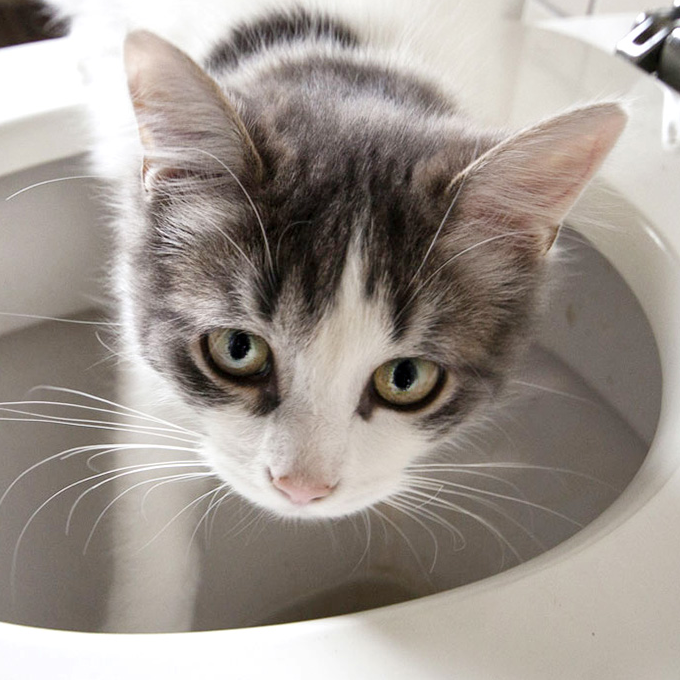
Litter Training Your Kitten
Litter Training Your Kitten: A Simple Guide for First-Time Cat Owners
Litter Training Your Kitten – Bringing a new kitten into your home is an exciting experience, but it comes with its fair share of responsibilities, one of which is litter training. Fortunately, cats are naturally inclined to cover their waste, so litter training is usually a straightforward process. Here’s a step-by-step guide to help you litter train your new kitten effectively.
Litter Training Your Kitten. Litter training your kittle takes patience and persistence, but is a circuital life skill for your kitten
“ Patience and Persistence ”
Step 1: Choose the Right Litter Box
Your kitten’s litter box should be easily accessible and appropriately sized. For a small kitten, make sure the sides are low enough for them to get in and out easily. As your kitten grows, you might need to upgrade to a larger box. It’s often recommended to have one more litter box than the number of cats in your home.
Step 2: Select the Right Type of Litter
Kittens are often sensitive to their environment, so choosing the right type of litter is crucial. Non-clumping litter is usually best for younger kittens (under four months) to avoid any risks if they ingest it. Unscented, finer-grained litter tends to be preferred by cats as it feels softer on their paws.
Step 3: Place the Box in a Suitable Location
The location of the litter box can significantly impact your kitten’s use of it. Place the litter box in a quiet, low-traffic area where your kitten feels safe. Avoid placing it near their food and water bowls, as cats naturally prefer to eliminate away from where they eat.
Step 4: Introduce Your Kitten to the Litter Box
Introduce your kitten to the litter box as soon as you bring them home. Gently place them in the box and let them sniff and explore it. You can gently take their paw and scratch the surface of the litter to show them what to do. Don’t force them; allow them to exit the box if they want.
Step 5: Observe and Encourage
Kittens typically learn to use the litter box quickly, but it helps to keep an eye on them, especially after meals and naps, which are prime times they’ll want to go. If you see your kitten squatting or sniffing around as if looking for a spot to go, gently place them in the litter box to reinforce where you want them to eliminate.
Step 6: Keep the Litter Box Clean
Cats are clean animals and may refuse to use a dirty litter box. Scoop the box at least once a day and change the litter as recommended by the litter type. A clean litter box will encourage your kitten to keep using it.
Step 7: Handle Accidents Gracefully
Accidents happen, especially in the early days of litter training. Never scold or punish your kitten for an accident. This can create a negative association with the litter box and delay training progress. Instead, clean up accidents with an enzymatic cleaner to remove odours that might attract them back to the same spot.
Litter Training Your Kitten – Conclusion
Litter training is usually a quick process for kittens, but patience and consistent encouragement are key. With the right setup and a little guidance, your new kitten will be using their litter box like a pro in no time. Remember, every kitten is unique, so they might pick up litter habits faster or slower than expected. Just keep reinforcing the positive behaviours, and you’ll both get there!
Further Reading:
Post a Comment
You must be logged in to post a comment.






